I’ve spent a significant amount of time behind the wheel of both the Roadster and RF Coupe versions of the new Mazda MX5. Whether it was road-tripping along the California coast or tearing through the back roads of Central Texas, my experiences have formed some strong opinions about the MX5. It’s undeniably excellent, boasting a fantastic appearance, but most importantly, it represents the last remaining true sports car for the masses.
Sports cars have been gradually declining since the 1970s, with fewer options available for those seeking impractical, small, and incredibly enjoyable vehicles. As British Leyland folded and European manufacturers exited the US market, small sports cars were replaced by Japanese hot hatches. This sentiment was highlighted on Top Gear, where it became evident that a TVR or Jensen Healey wasn’t practical for trips to Home Depot. Conversely, a small hatchback couldn’t provide the exhilaration of the wind in your hair that a roadster does, nor did it possess the same level of coolness.

Back when my father was a young man, the streets were filled with Triumphs, Datsuns, MGs, Austin Healeys, Fiats, Alfa Romeos, and many other affordable and enjoyable sports cars. The formula was simple: front-engine, rear-wheel drive, two seats, and a convertible top. However, by the 80s and 90s, only a few sports cars remained available in the US market. Even Alfa Romeo managed to keep the sports car spirit alive until 1994 by selling a car they began manufacturing in 1966. In 1989, Mazda resurrected the classic sports car formula and introduced the new MX5 Miata, once again offering people a truly affordable sports car.
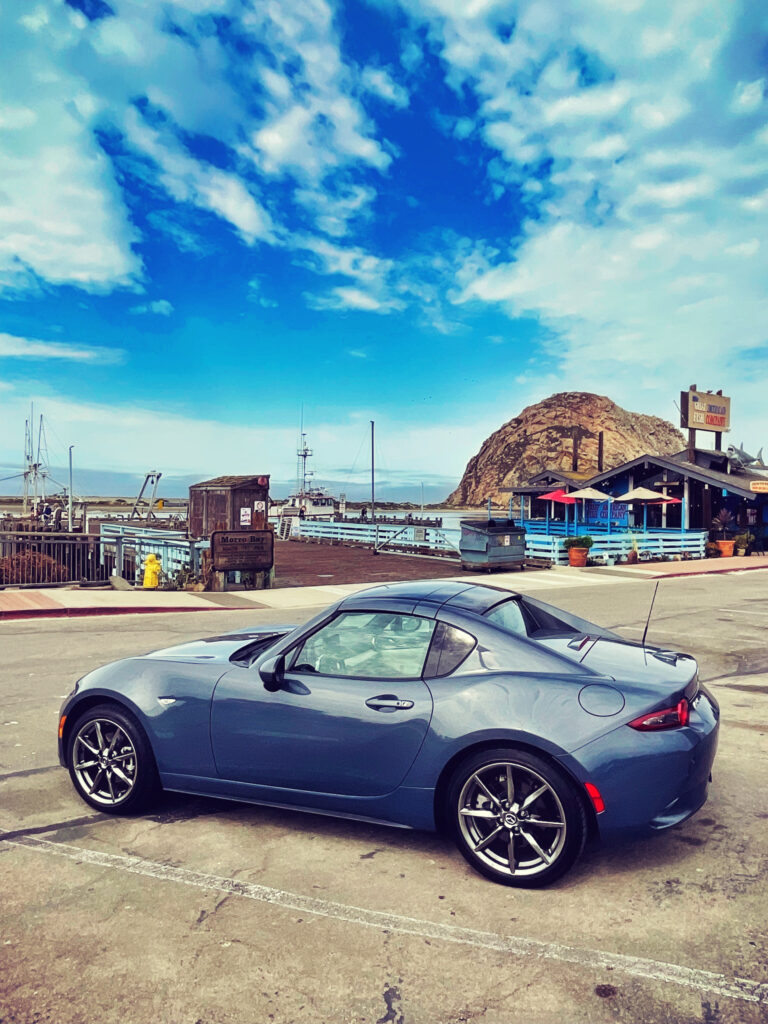
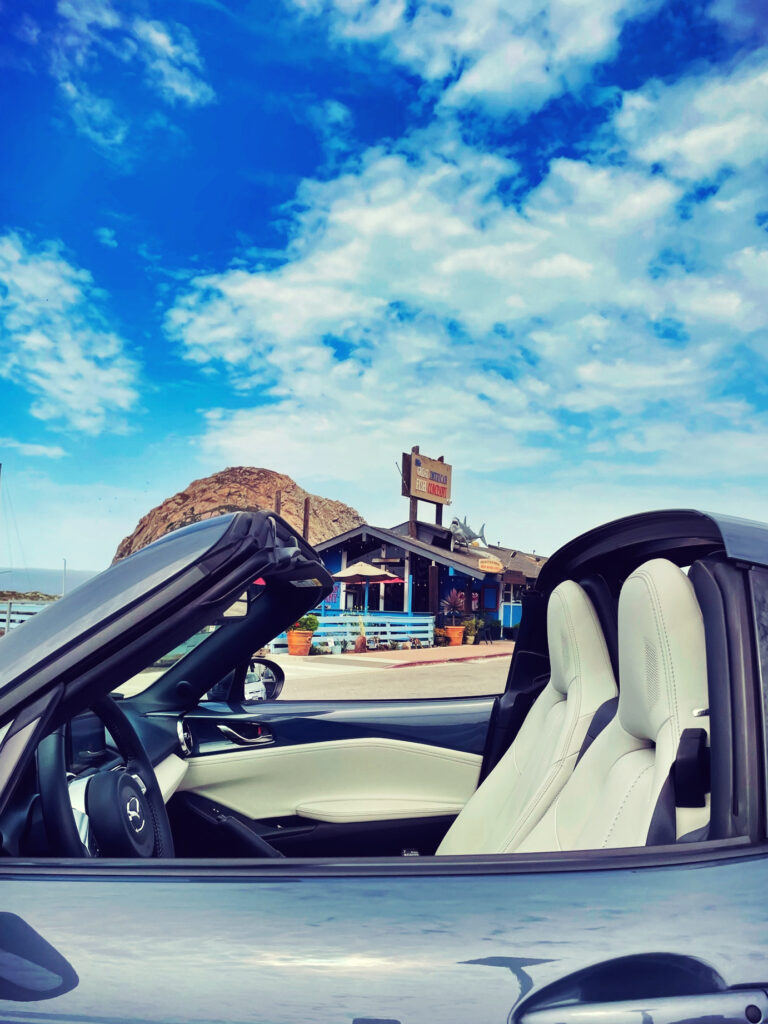
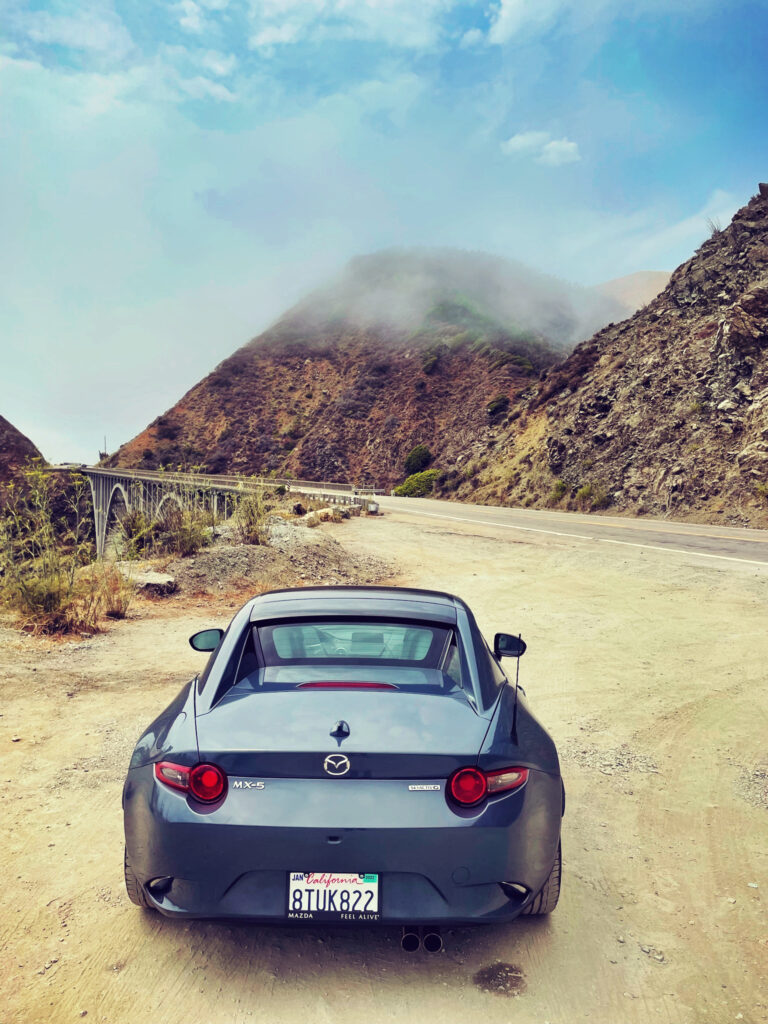
The story of the MX5 traces back to 1976 when automotive journalist Bob Hall met Kenichi Yamamoto and Gai Arai, the heads of Research and Development at Mazda. During their discussions on the future of the brand and the type of cars Mazda should produce, Bob suggested creating an affordable roadster, a category that was dwindling in the mid-70s. A few years later, Bob was hired by Mazda USA to work on product planning, and in 1982, he received the green light to develop what would become the first-generation MX5.
The initial Miata embodied everything it was meant to be: lightweight, fun to drive, and affordable. It quickly became the darling of the motoring press, earning numerous awards, including Car & Driver’s Car of the Year. While other cars entered the sports car market as competitors, none have matched the MX5’s driving experience in relation to its cost. In fact, among its peers, the MX5 is the only car that has maintained not only its proportions but also its pricing, in line with the original ethos. In 1990, a brand new MX5 started at around $14,000, and when adjusted for inflation, it aligns with the current base price of $25,730, a feat that few other cars have accomplished.
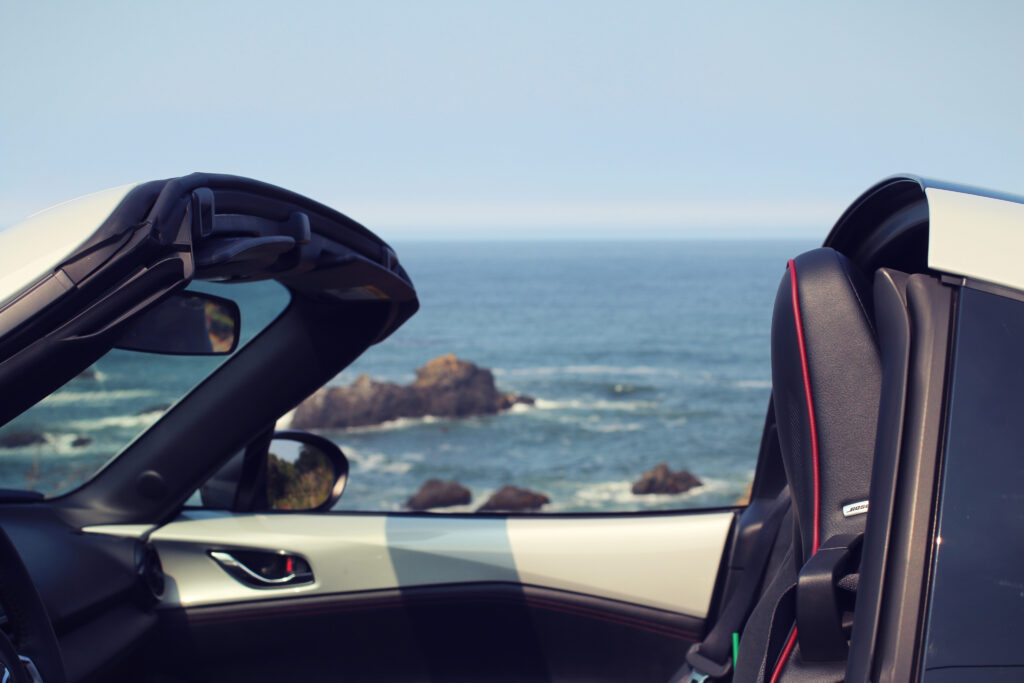
When discussing the MX5, it’s impossible to ignore the other affordable sports car priced below $26,000, the Fiat 124, which is based on the Mazda MX5. However, excluding the Fiat 124, every other car in its class is nearly double the price or more compared to a new Miata.
While the MX5 may not be the fastest car on the list, it is just as thrilling to drive, within the confines of the law. Its lower MSRP, coupled with Mazda’s reputation for reliability and lower ownership costs, make the MX5 a compelling choice as a second car for weekend adventures compared to many other exotic sports cars on the market. This affordability is also why the Mazda MX5 is one of the most popular race cars in North America and one of the most raced cars worldwide.

To be considered a car for the people, it must be affordable and transcend status and class, and the MX5 accomplishes just that. Attending a Mazda MX5 meet, you’ll encounter a diverse group of individuals, ranging from college kids who recently purchased their first used MX5 to older professionals who own an MX5 as their weekend toy. It’s a community of enthusiasts who share a profound connection with the car and the brand, something that is uncommon among more affordable vehicles.
Many MX5 drivers become captivated by their first experience behind the wheel, and once you’ve driven one, it’s easy to understand the immense hype surrounding it. The MX5 embodies the Japanese principle of Jinba Ittai, where the driver and vehicle become one entity. Mazda describes the experience of driving a Miata as an extension of oneself and having accumulated countless miles on various roads and tracks, I can attest to its accuracy. It takes a significant effort to drive an MX5 spiritedly without wearing a huge smile on your face. Even a simple trip to the store feels like a special event in this sports car, which is precisely how a sports car should make you feel.
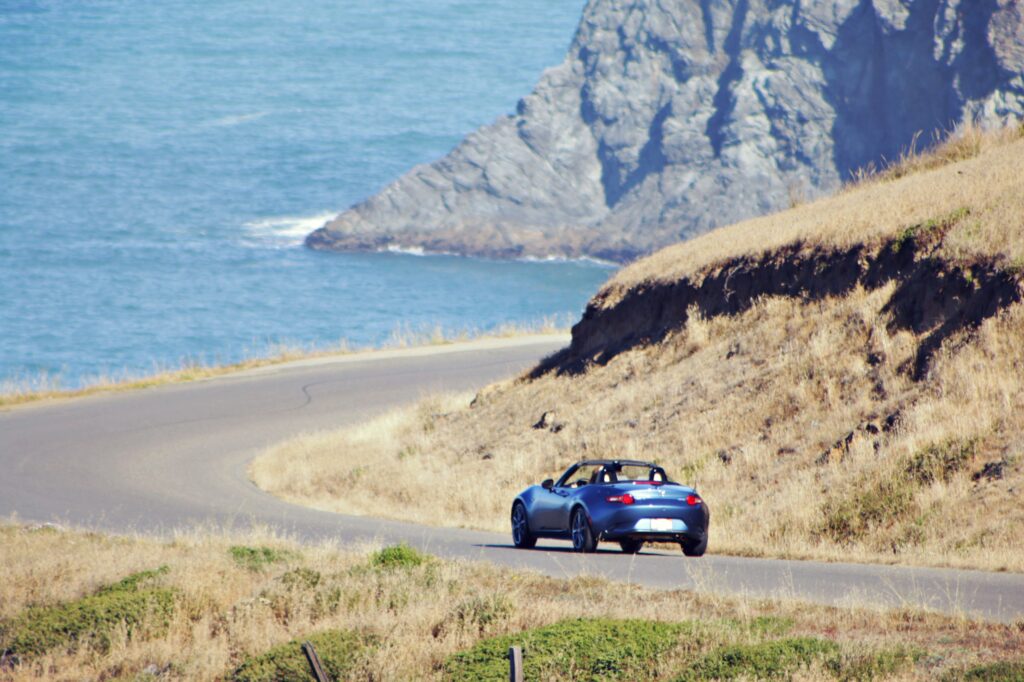
As someone who has owned numerous sports cars, both classic and modern, the new MX5 is incredibly impressive. Somehow, the Mazda team has managed to capture all the emotions I experience when driving my old Austin Healey and wrapped them in a modern chassis with added comforts like heated seats and a fantastic sound system, all at a price point similar to that of a Hyundai Sonata. While it may not be the most practical choice, who says we always have to prioritize practicality?







